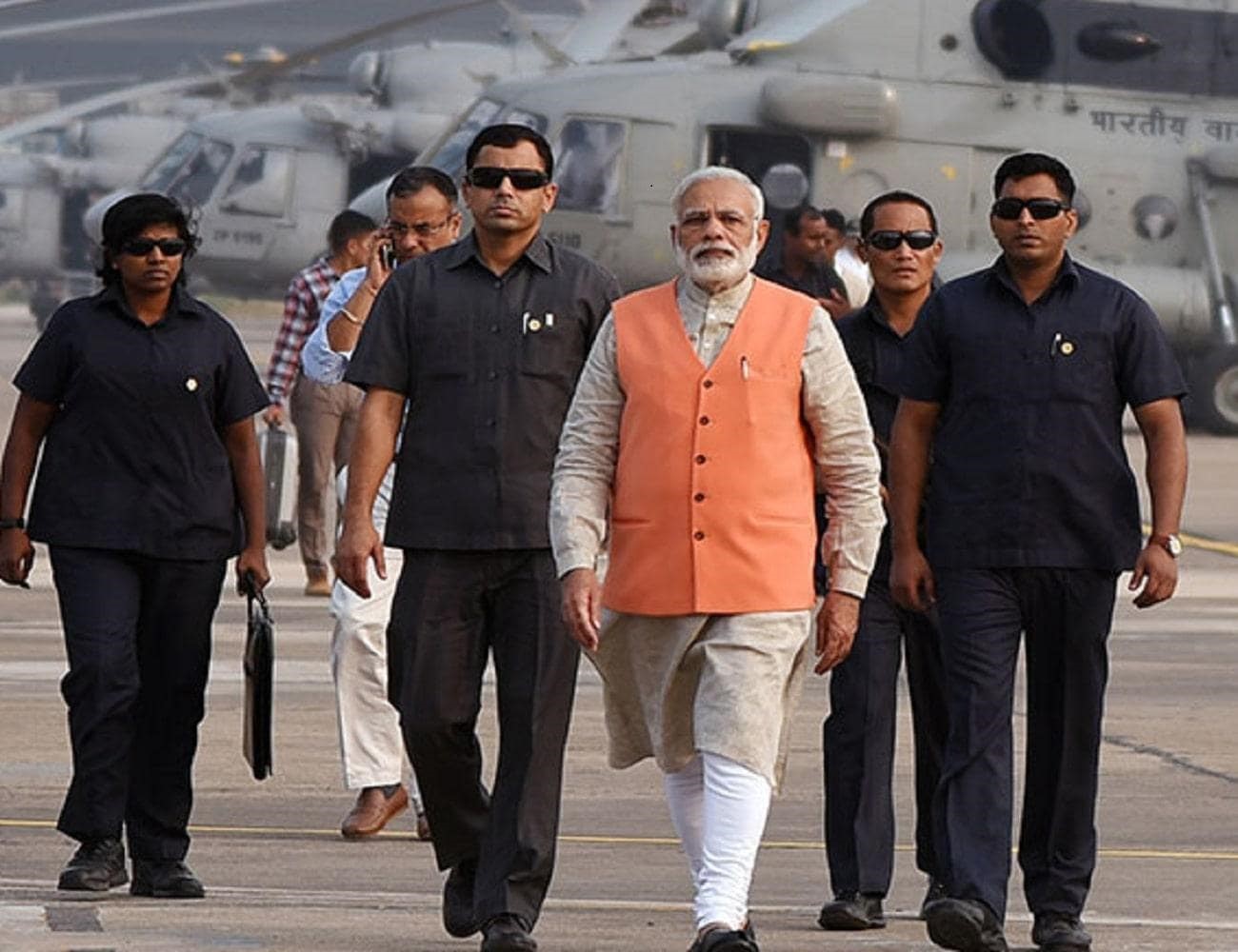Description

Disclaimer: Copyright infringement not intended.
Context
The Union Home Ministry has extended Z+ security cover to Kerala Governor Arif Mohammed Khan.
Details
- India employs a multi-tiered security cover system to ensure the protection of high-risk individuals based on threat perceptions.
Special Protection Group (SPG)
- Description: SPG is an elite force with classified details, exclusively provided to the Prime Minister of India.
- Significance: It ensures the highest level of security for the country's top leadership, and the details are kept confidential for enhanced protection.
Z+ Category
- Composition: 55 personnel, including 10+ National Security Guard (NSG) commandos and police personnel.
- Features: High-level security cover, typically including bulletproof vehicles and advanced security measures.
Z Category
- Composition: 22 personnel, including 4-6 NSG commandos and police personnel.
- Details: Offers substantial security with a focus on protection from potential threats.

Y+ Category
- Composition: 11 personnel, including 2-4 commandos and police personnel.
- Attributes: A step below Z+, providing a significant security detail for individuals with notable threat perceptions.
Y Category
- Composition: 8 personnel, including 1 or 2 commandos and police personnel.
- Characteristics: A moderate security cover ensuring protection based on assessed threat levels.
X Category
- Composition: 2 personnel, armed police personnel with no commandos.
- Details: Basic security cover with a minimal number of personnel.
Implementing Agencies and Protocols
- SPG: Classified force dedicated to the Prime Minister's security, operating under stringent protocols.
- Z+ and Z Categories: NSG commandos play a crucial role, armed with advanced weaponry and trained in martial arts and combat skills.
- Y+ to X Categories: Security provided by Delhi Police, ITBP, or CRPF personnel, with varying levels of personnel and convoy support.
Challenges and Criticisms
- Excessive Deployment: Often, the actual number of deployed personnel exceeds the officially allocated figures.
- Resource Allocation: VIP security diverts police resources, leading to understaffed police stations and reduced public service.
- Controversies: Criticized for being a potential misuse of taxpayer money, especially when extended to individuals not necessarily warranting high-security covers.
Security Failures and Controversies
- Assassination of Indira Gandhi: Highlighting the vulnerability within the security detail of high-profile individuals.
- Pramod Mahajan's Assassination: A case where a Z-level protectee was shot dead despite security cover.
- Controversies in VIP Categorization: Instances where bureaucrats were moved down to lower categories while politicians retained high-security covers.

Conclusion
While the security cover system in India is designed to mitigate threats to high-risk individuals, challenges and controversies persist. Balancing the need for security with efficient police resource utilization is crucial, necessitating periodic reviews and adjustments in the security protocols.
|
PRACTICE QUESTION
Q. Discuss the security protocol for high-risk individuals in India, outlining the categorization and details of the security cover provided. (250 Words)
|
















